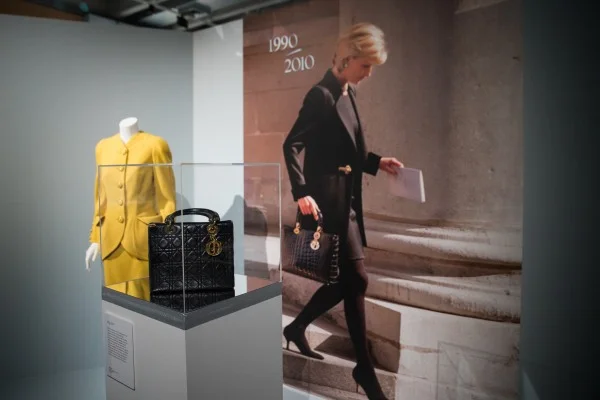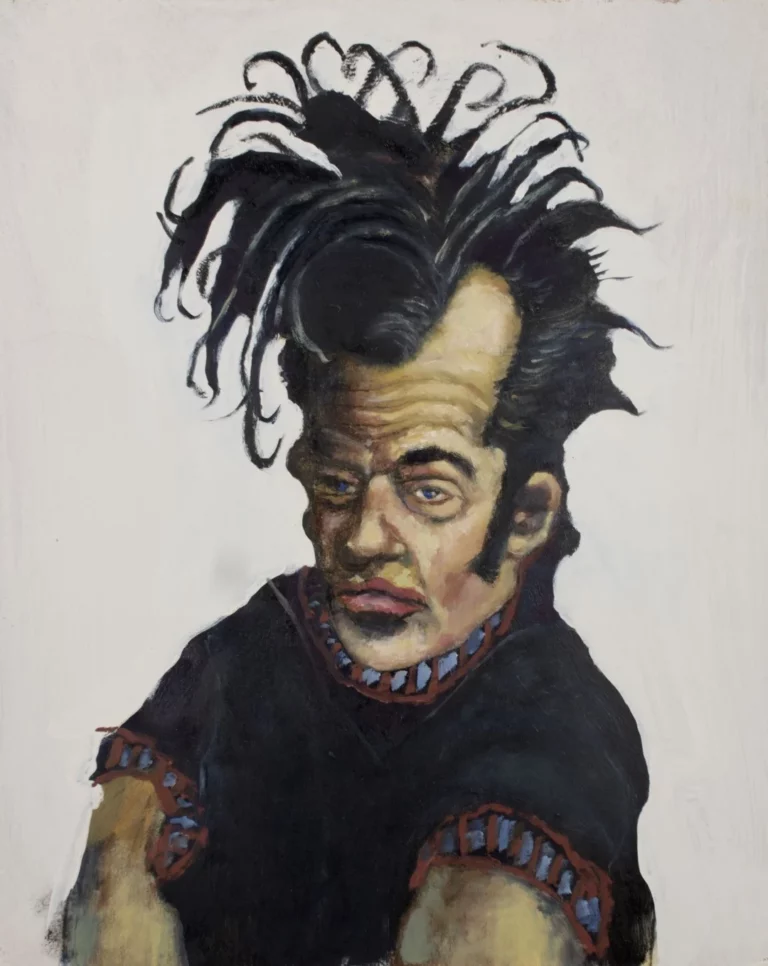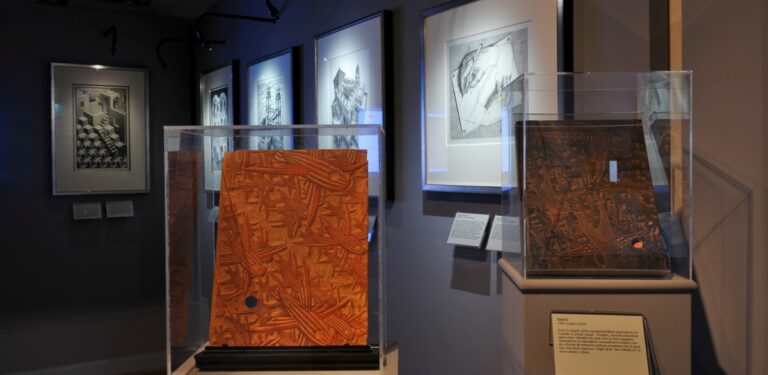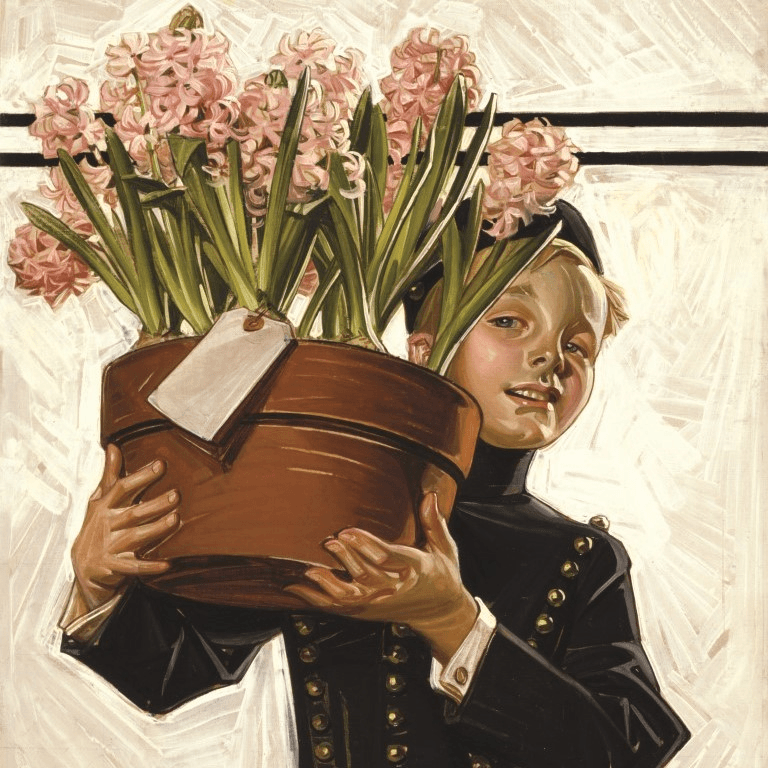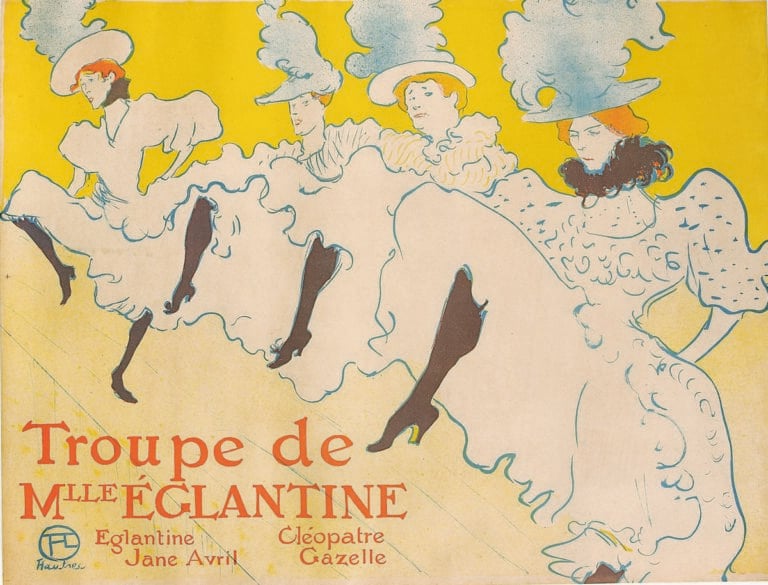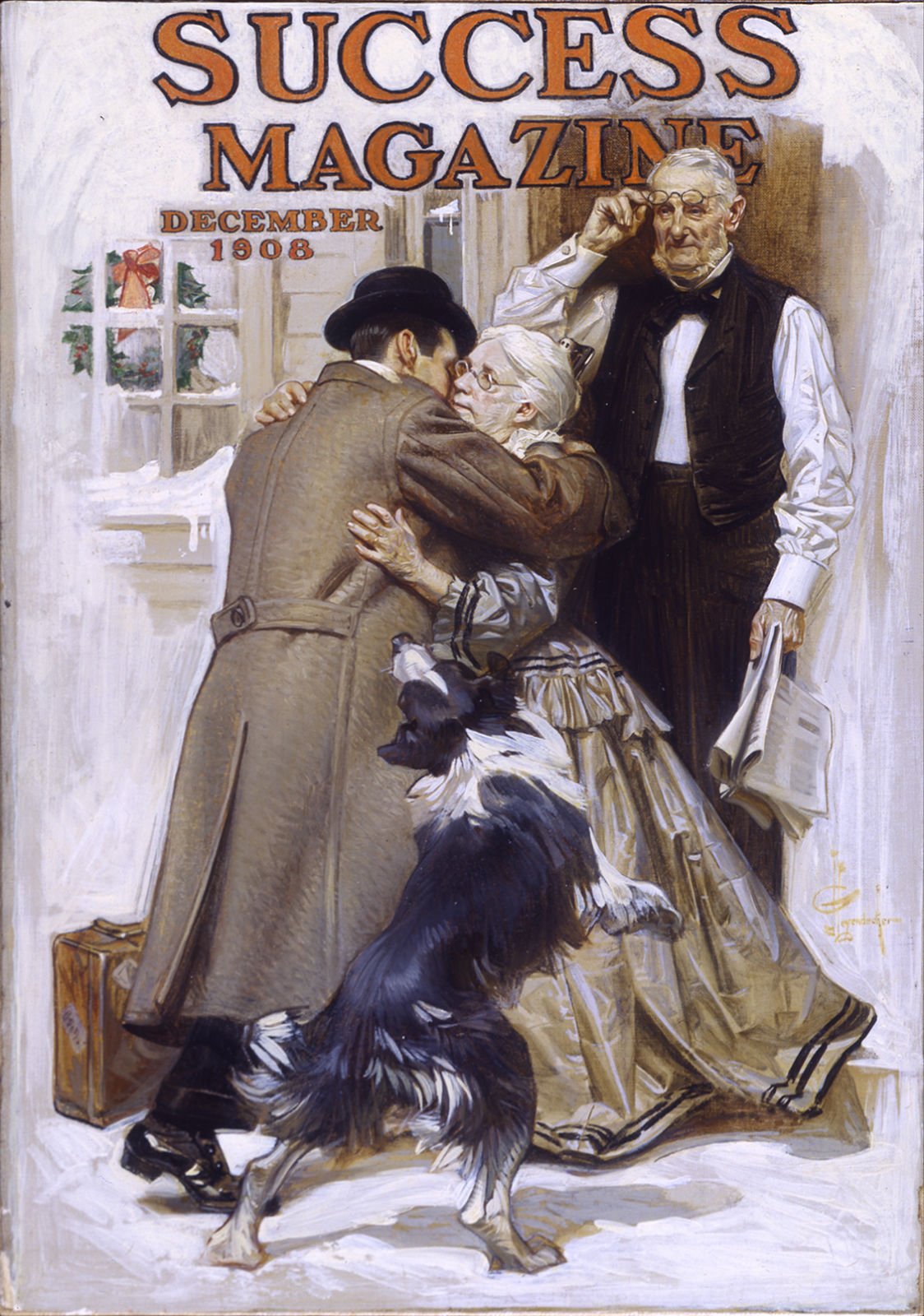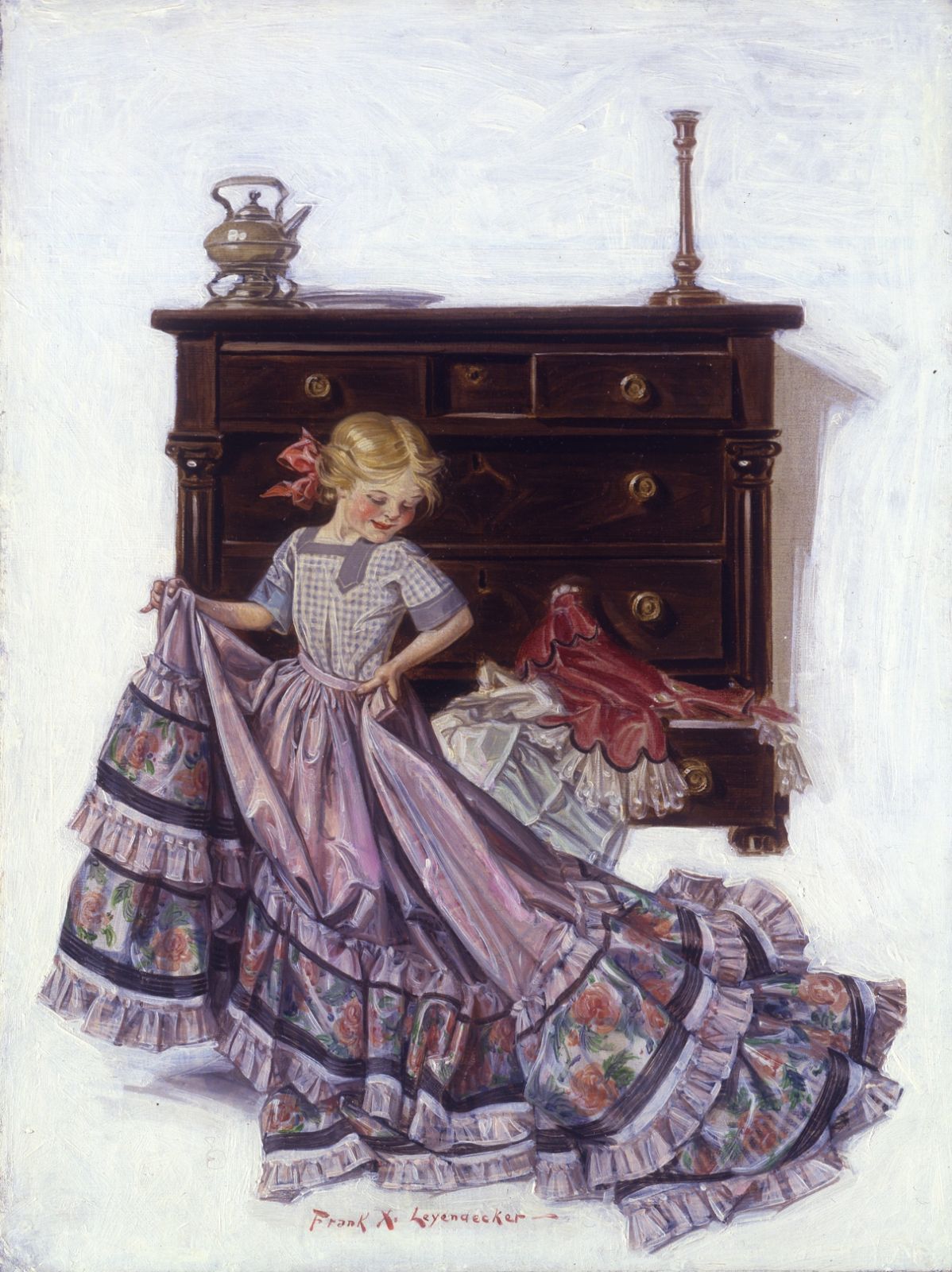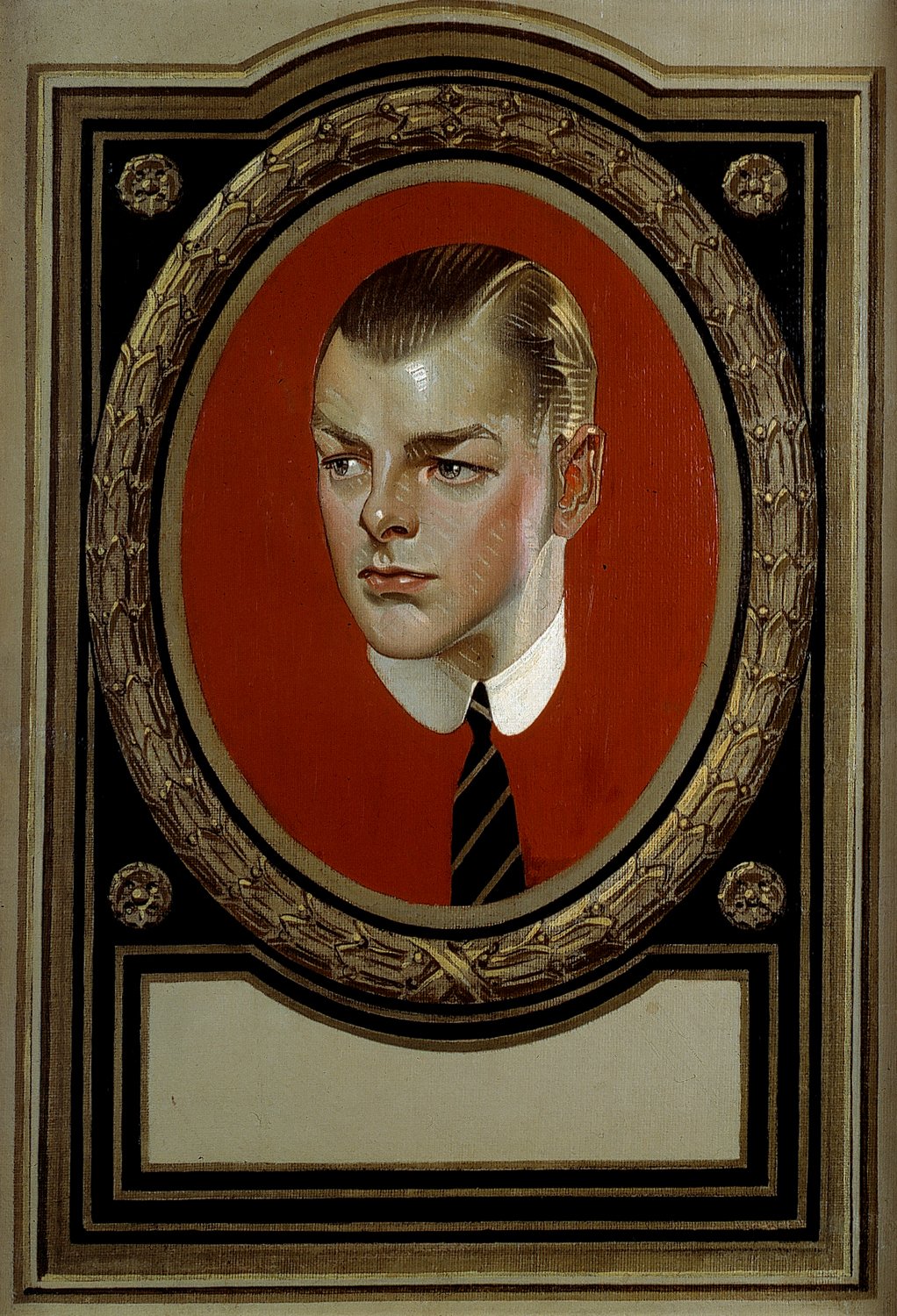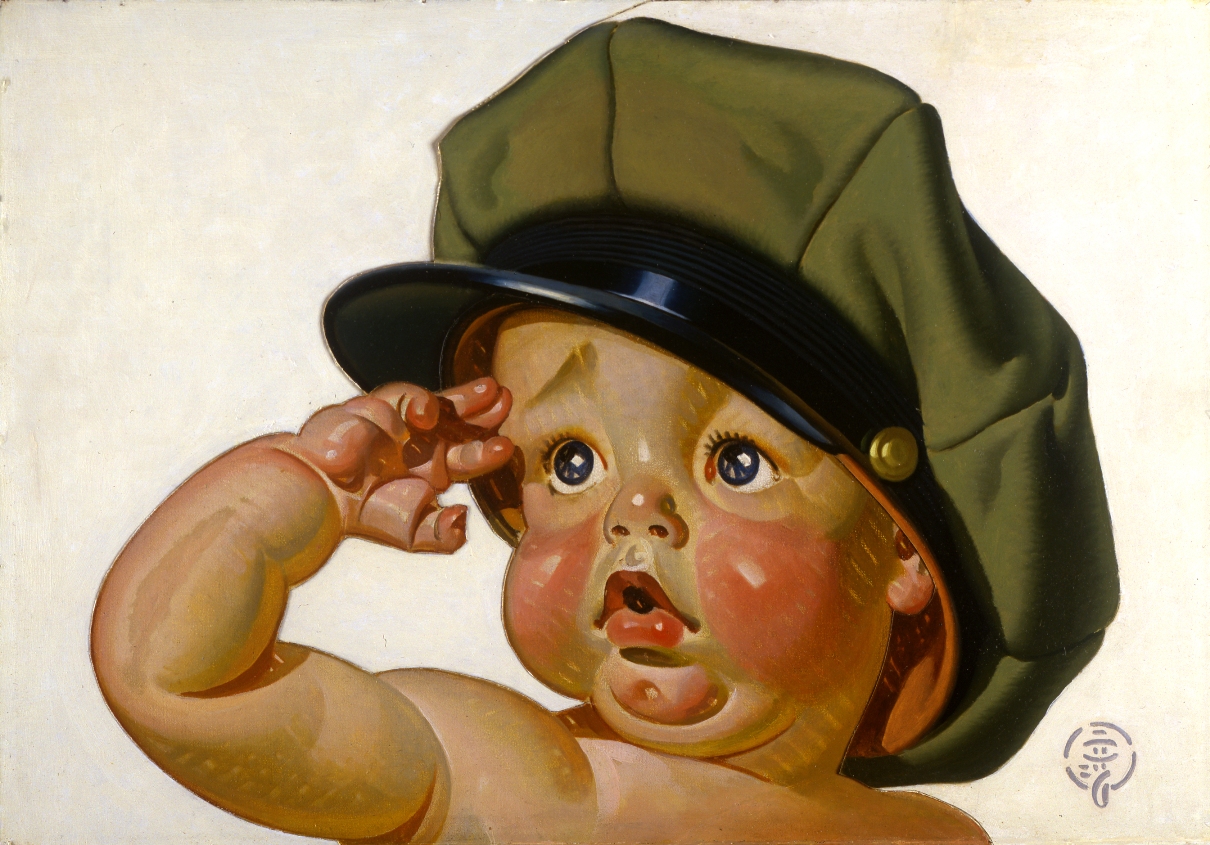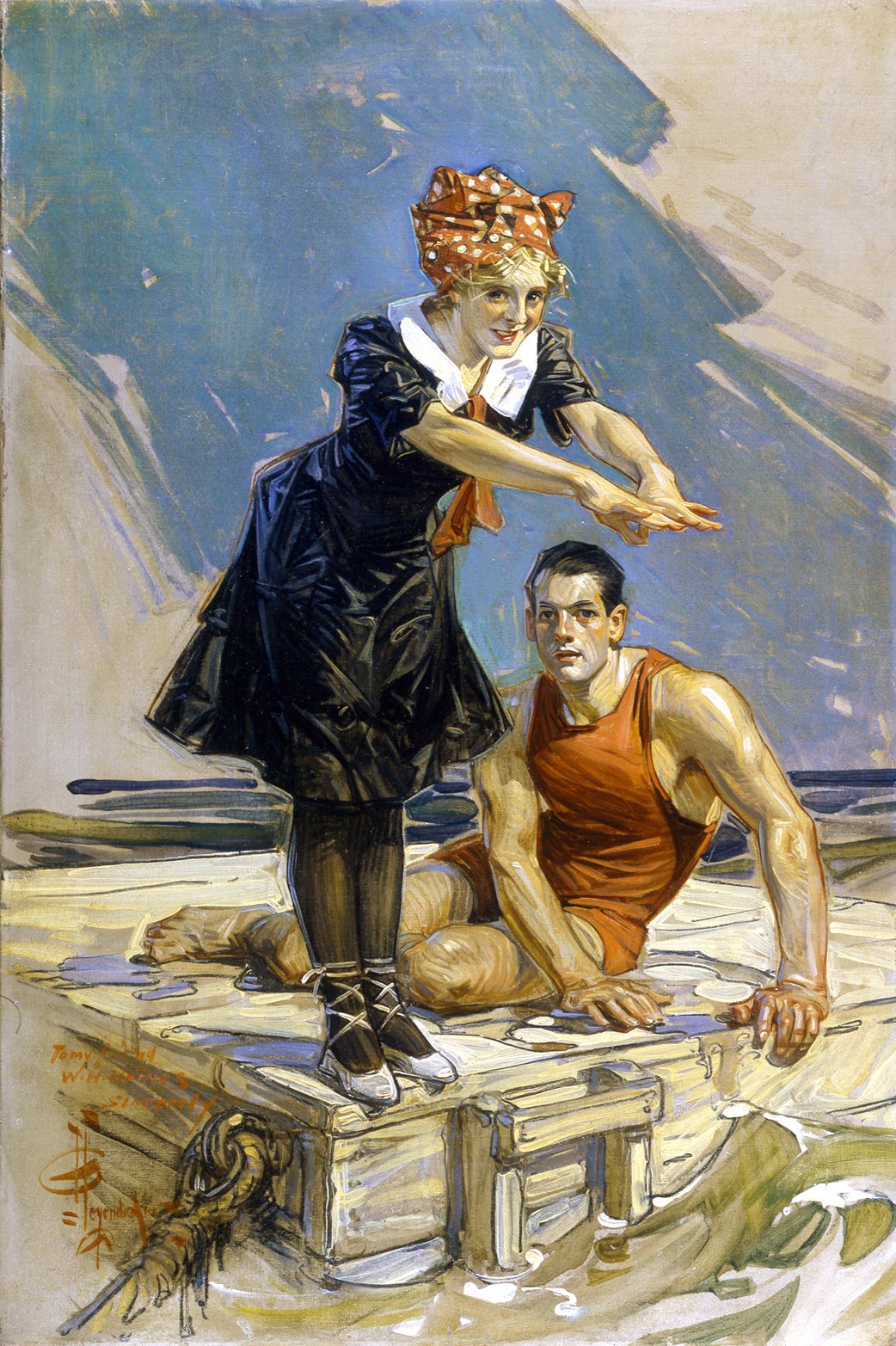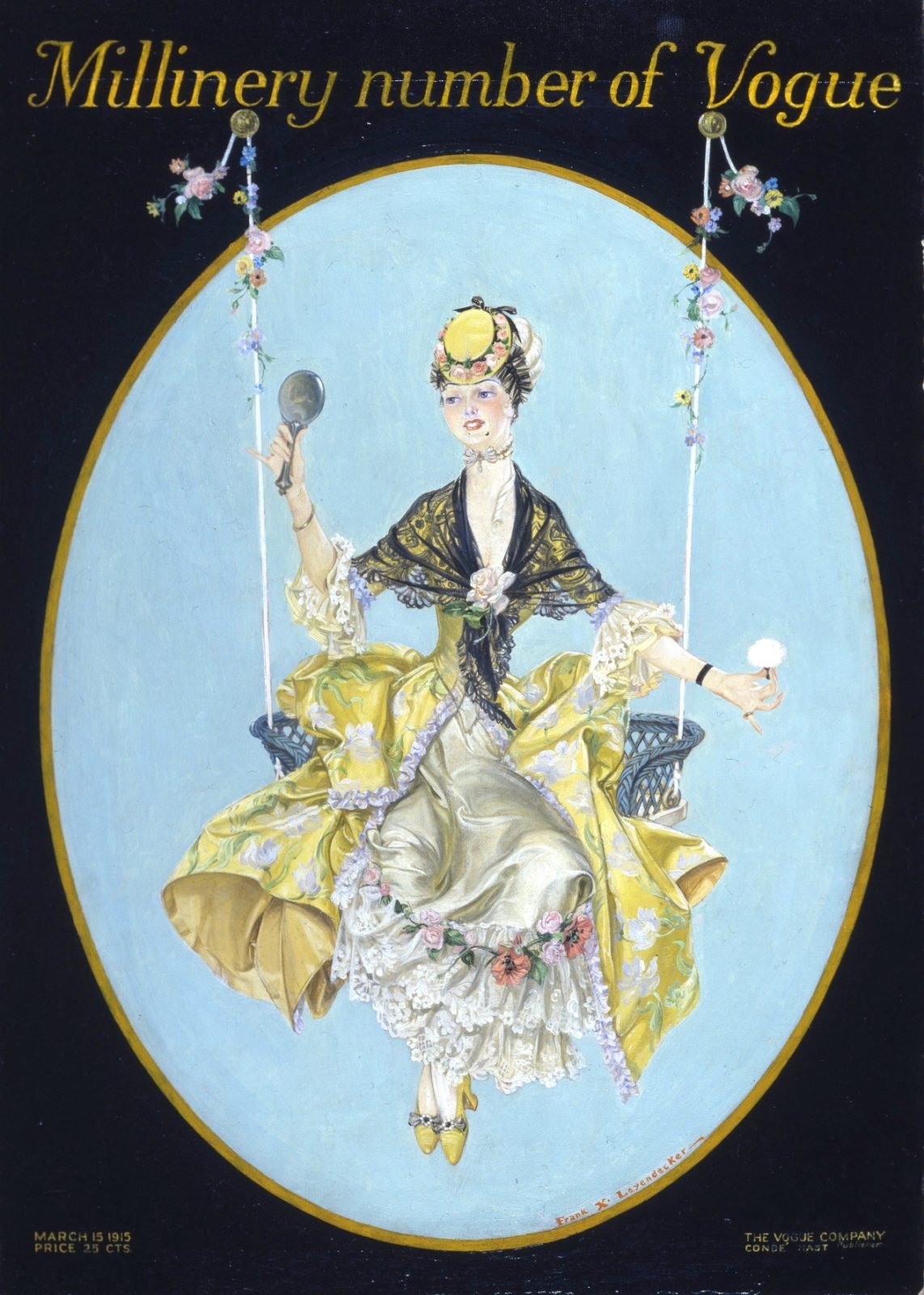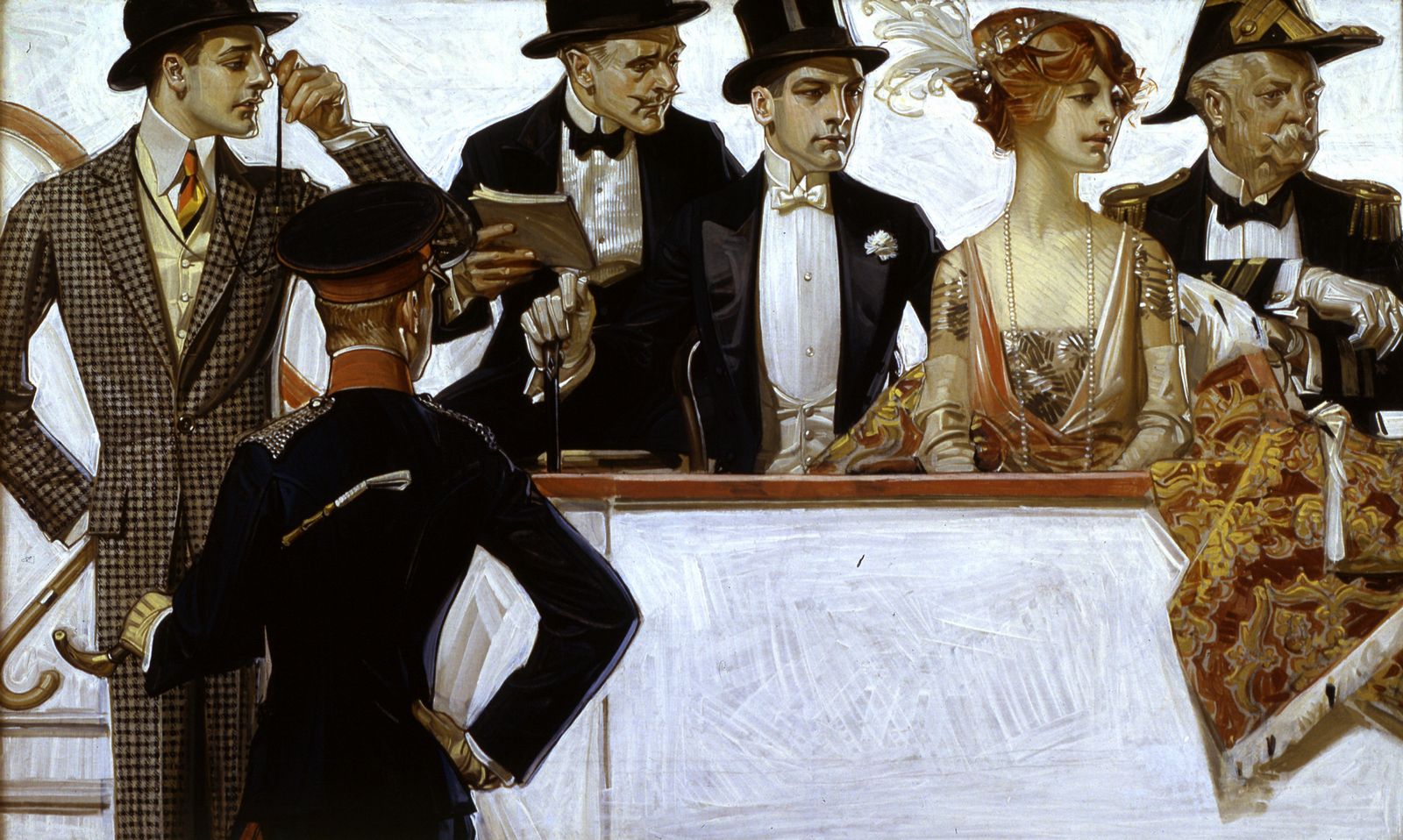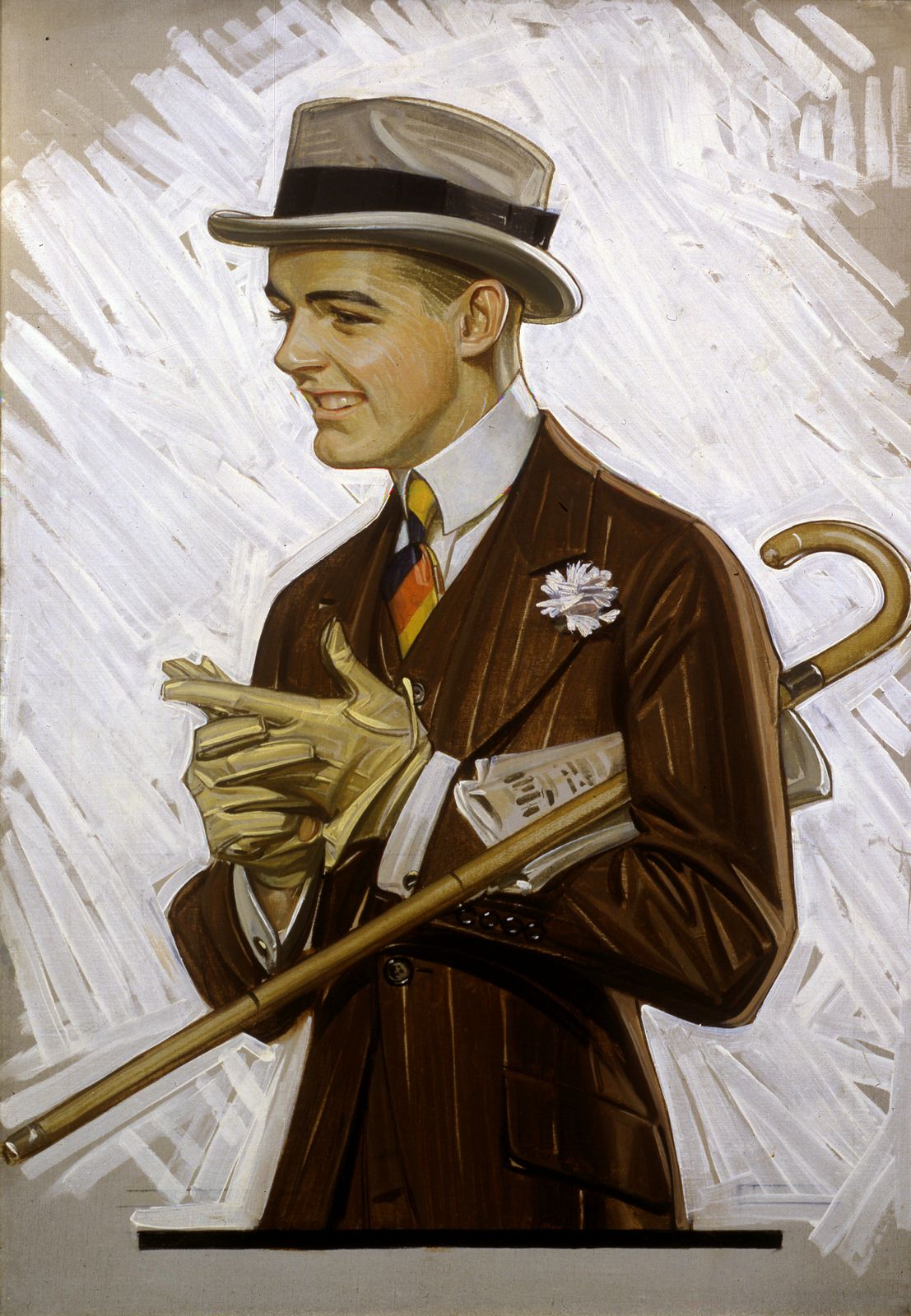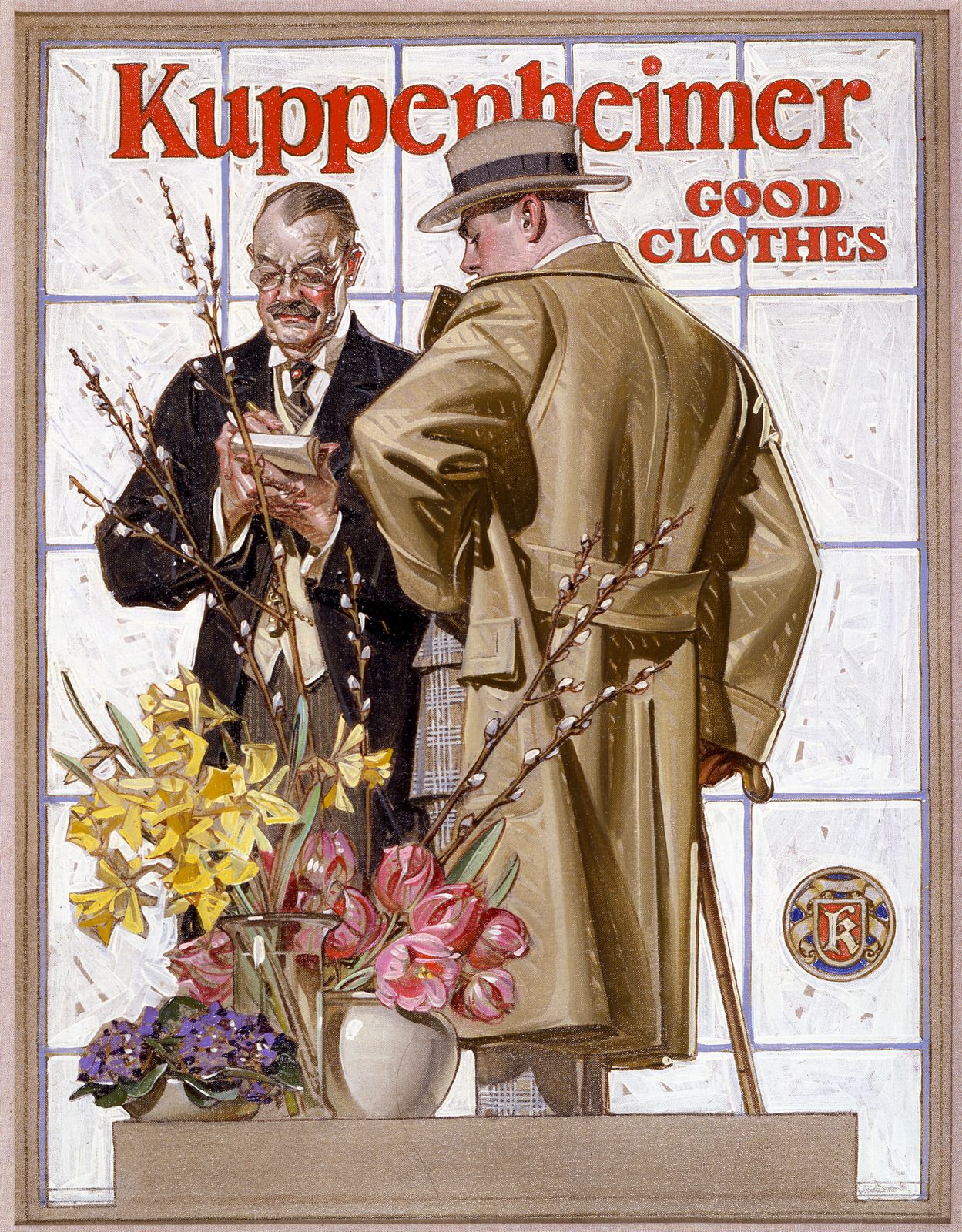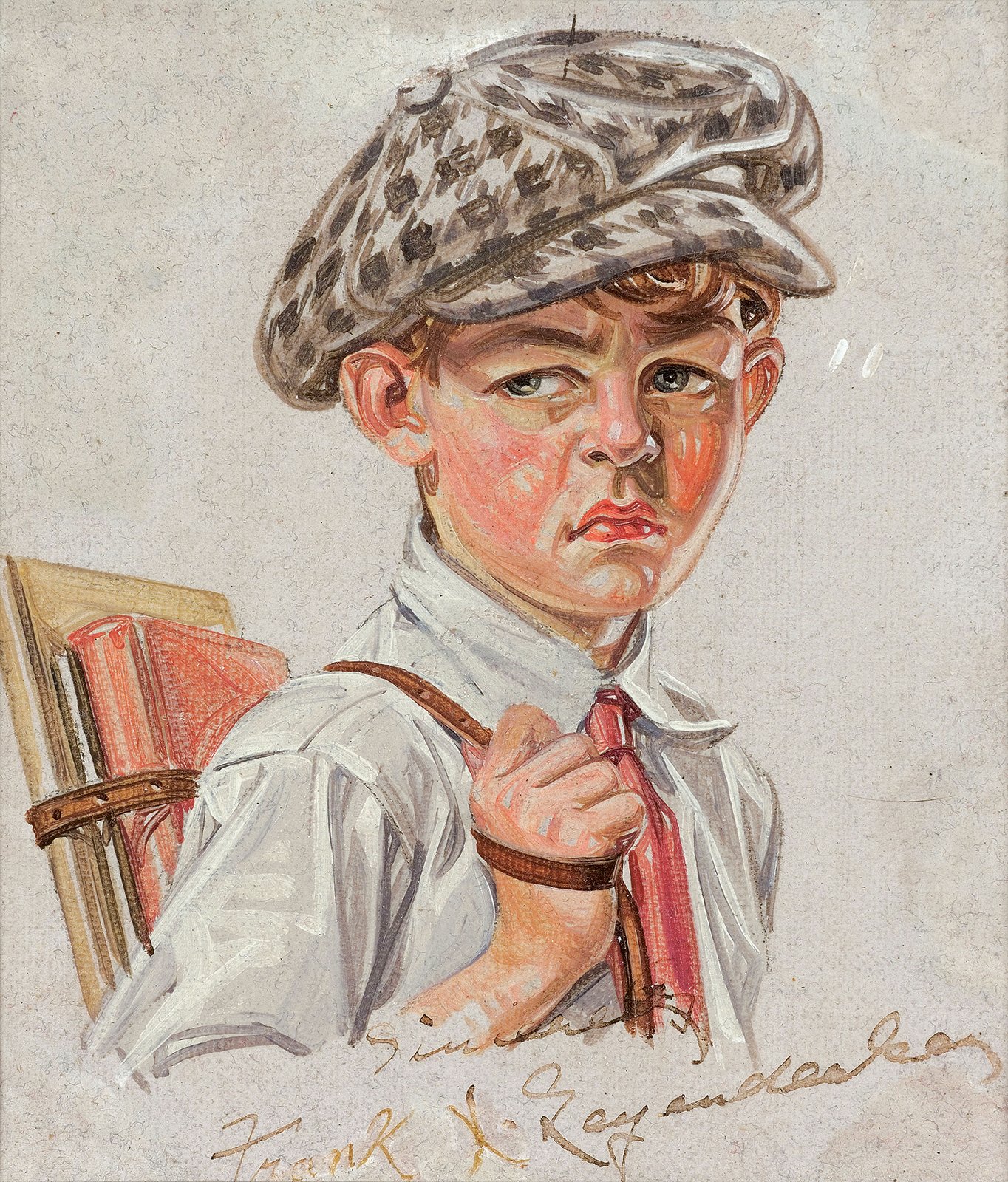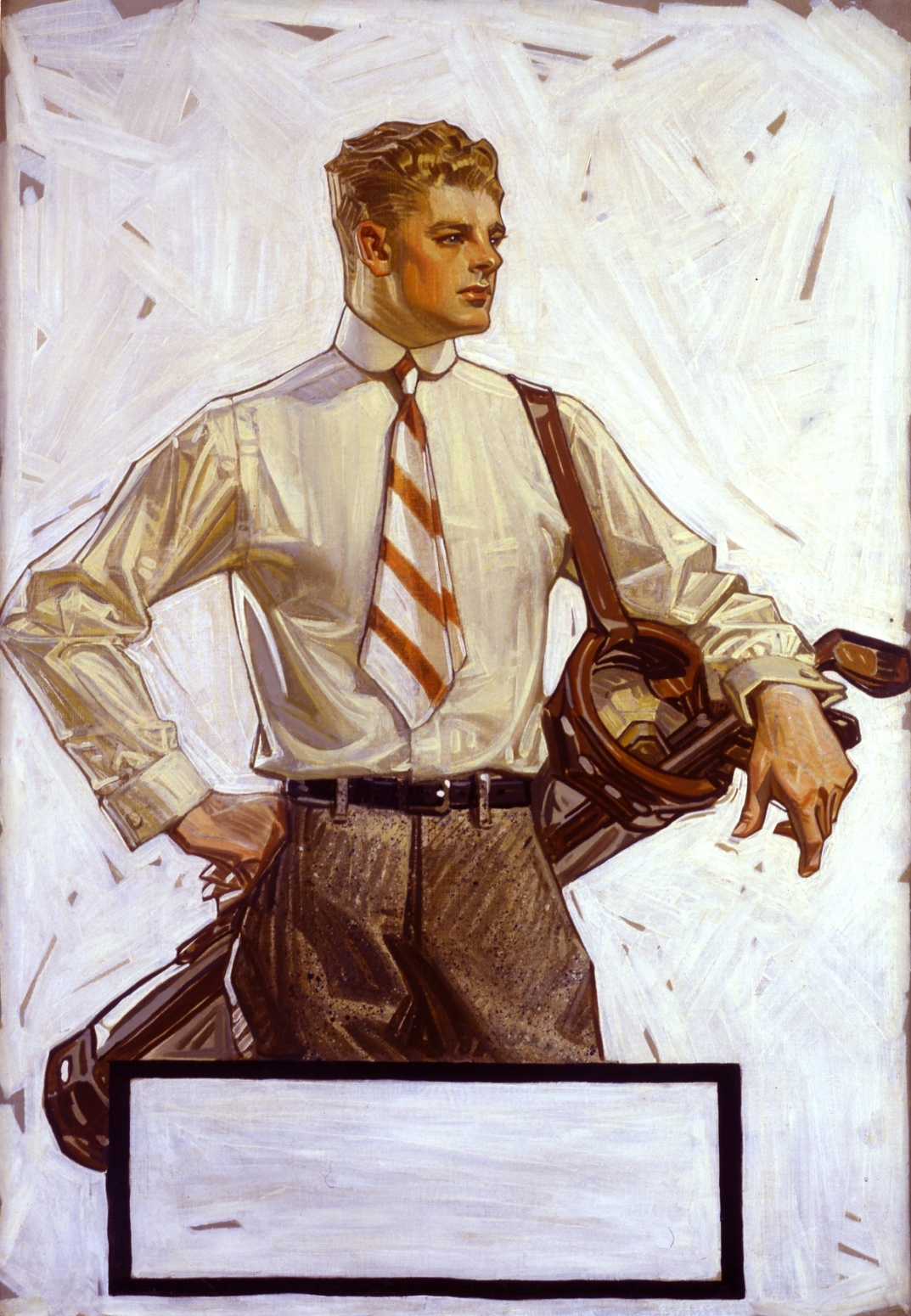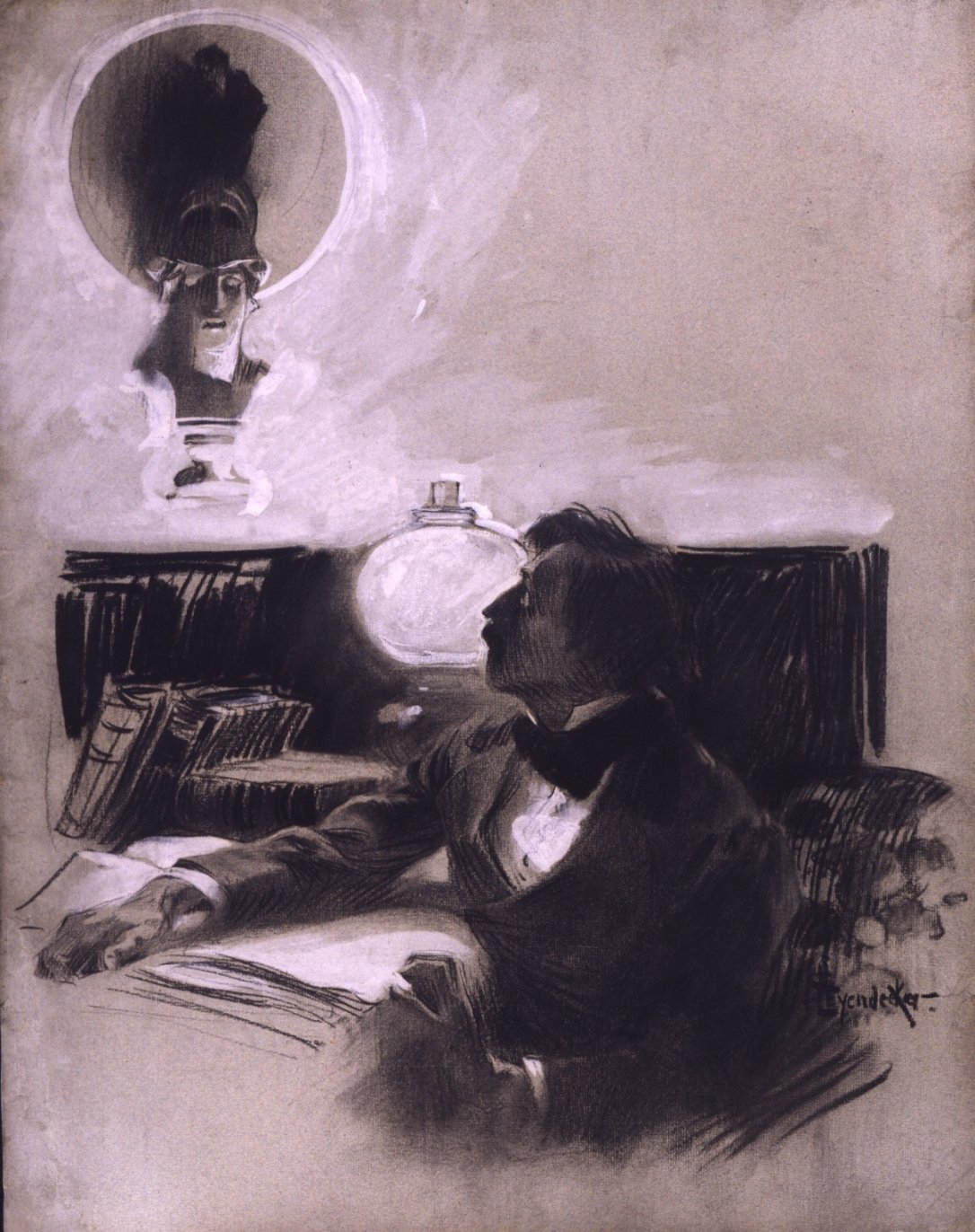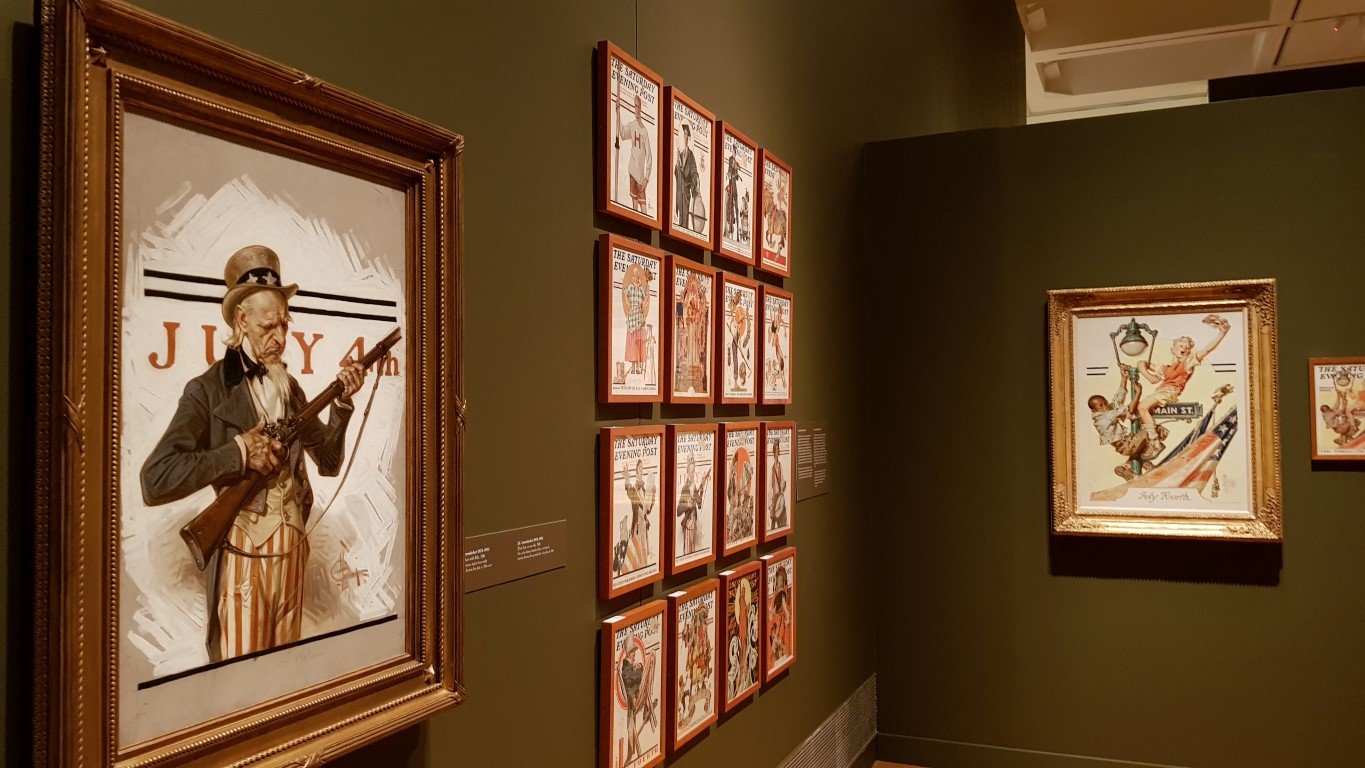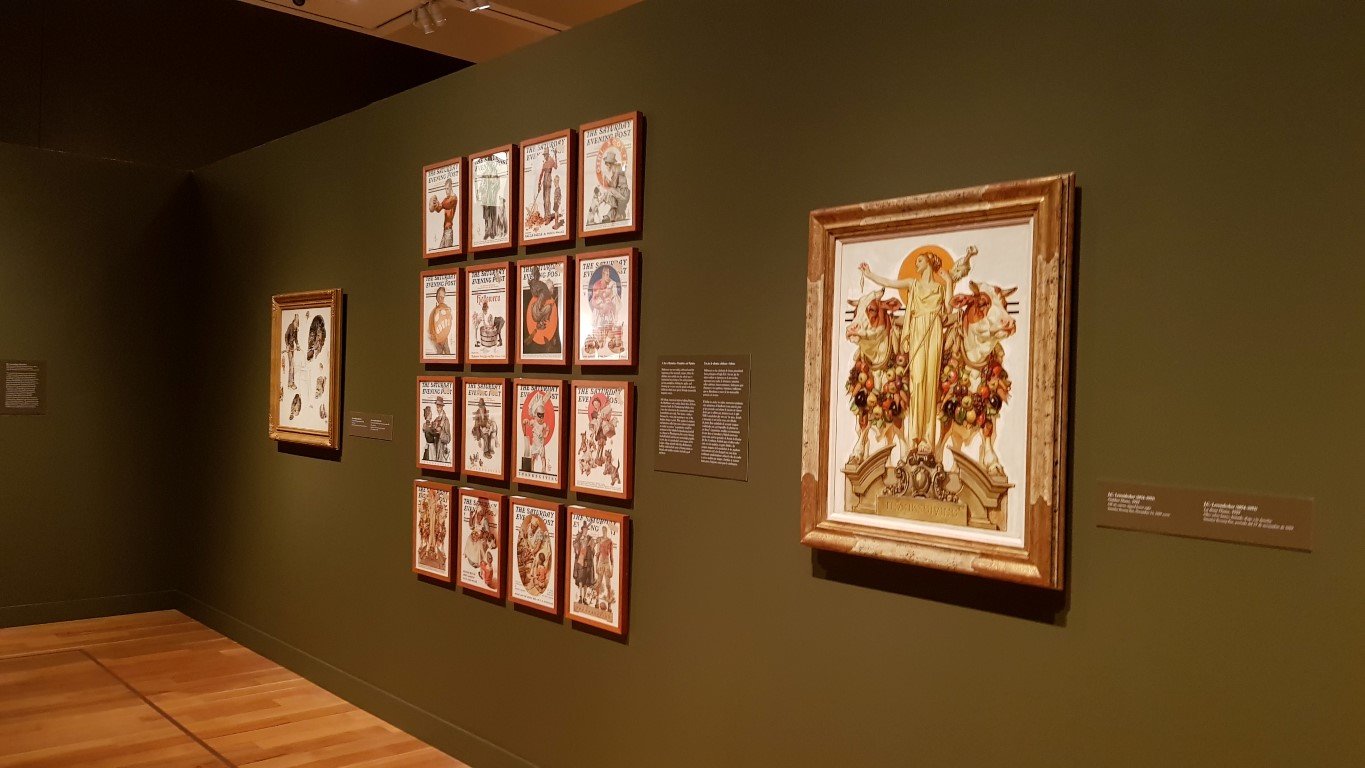J.C. and F.X. Leyendecker
J.C. Leyendecker (1874 – 1951) & F.X. Leyendecker (1876 – 1924)
The Leyendecker Brothers were two of the most beloved American illustrators in the first half of the 20th century, creating iconic images for the nation’s most popular magazines and fashion advertisements.
They both attended the Académie Julian in Paris, studying under some of Europe’s greatest teachers. This time abroad strengthened the brother’s connection to each other and the flourishing artist community highly influenced their artworks. They returned to Chicago in 1897 before moving to New York City in 1900 as established illustrators; Joe painted his first Saturday Evening Post cover in 1899, and Frank began a six-year twenty-six cover commission for Collier’s.
Norman Rockwell dedicated an entire chapter of his autobiography to living near the Leyendecker brothers and their influence on him.
The Leyendecker Brothers were inseparable and an enormous influence on each other, which can be seen through viewing their original artworks. From the early sketches of their days as students in Paris to the completed canvases for magazine covers, Joe and Frank left an unforgettable mark on the American art community and each other.
